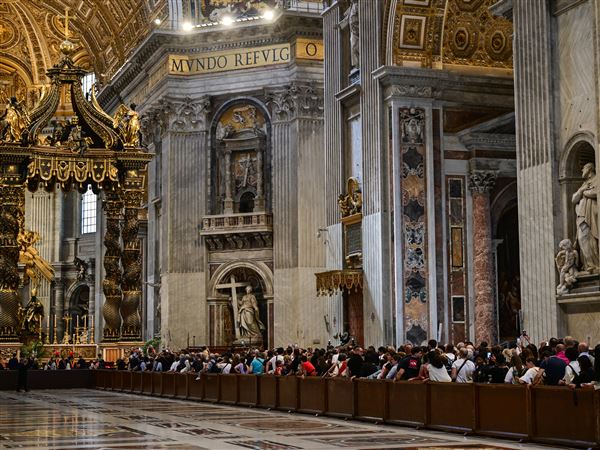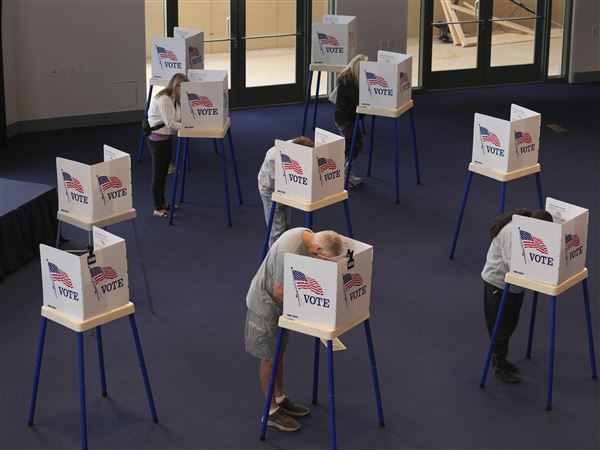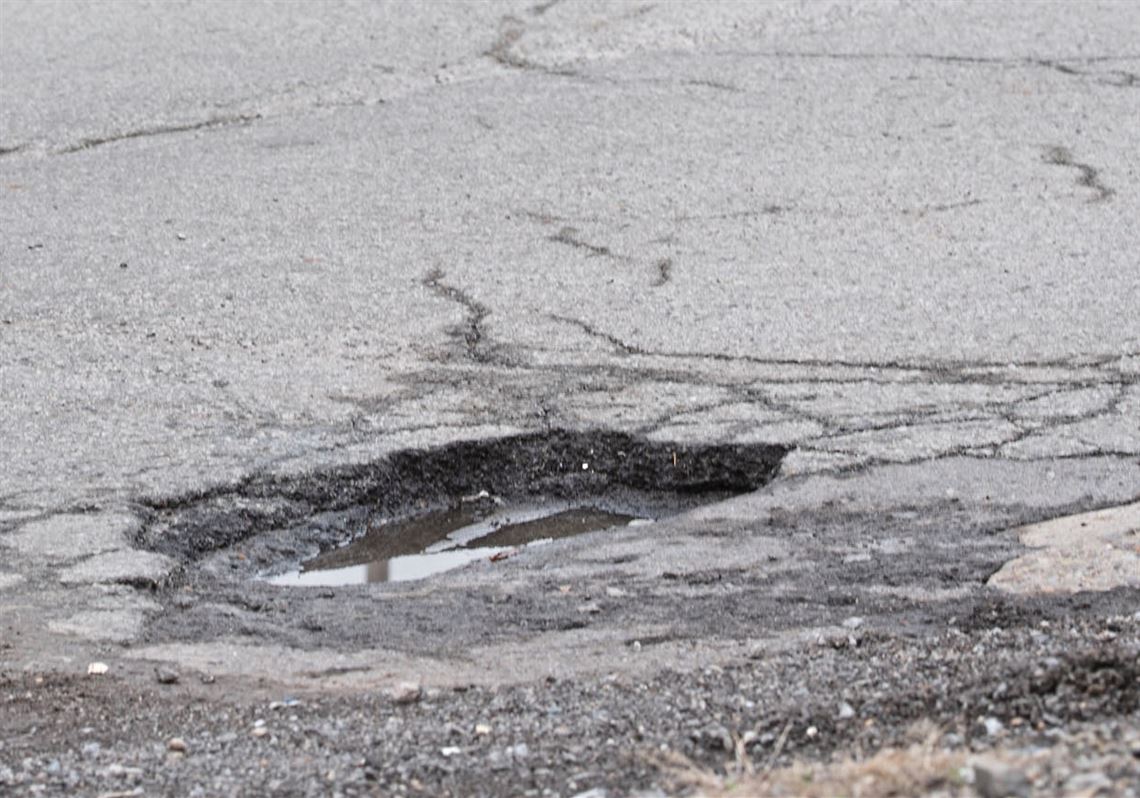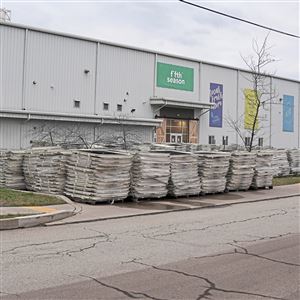Potholes are more than punchline: They’re dangerous and expensive, with pockmarked roads costing the average Pennsylvania driver over $600 in repairs, depreciation and maintenance every year, according to one estimate. While over the past few years other states have implemented advanced pavement technology known as targeted overlay pavement solutions (TOPS), Pennsylvania has lagged behind. A $700,000 federal grant will help the commonwealth catch up — and should, in the long-run, save drivers and taxpayers some cash.
This modest grant is a reminder that federal money is an essential support to state and local initiatives. Bringing that money home is a key task of the region’s federal representatives. Further, finding appropriate federal programs, submitting compelling grant proposals and advocating for the region’s bids is a major responsibility of local government officials.
The Pittsburgh region has experienced a significant turnover of leadership in recent years, with a new mayor and young Congressional representatives replacing figures like former mayor Bill Peduto and former U.S. Rep. Mike Doyle, both of whom were experienced navigators of the federal bureaucracy. Unsurprisingly, with a few notable exceptions such as the $50 million grant to revamp Bedford Dwellings, secured by the state’s U.S. senators, the flow of federal funds has slowed.
Committing to this unglamorous work will be a test of the argument, advanced by the new wave of progressive leaders, that government must deliver transformative results for ordinary people, and that they’re the ones to do it.
Cash for potholes
As for the potholes, the Federal Highway Administration (FHA) reports that half of all infrastructure spending goes to pavement, and over half of that goes to overlays — that is, resurfacing of blemished roadways. And highway construction and maintenance is getting more expensive, at several times the rate of inflation. The FHA’s National Highway Construction Cost Index, which is pegged to 1.00 at the beginning of 2003, was 2.76 at the end of 2022. That means it costs 2.76 times more to build now than it did only two decades ago.
The index skyrocketed during the COVID pandemic, climbing from 1.86 at the end of 2020 to a peak of 2.79 in mid-2022. The biggest contributor to the rising costs? Asphalt.
TOPS includes newer pavement materials that promise to last longer, enduring even this region’s fickle weather, therefore saving money. Materials like polymer-modified asphalt could be essential to maintaining highway infrastructure that has a habit of crumbling in waves. That’s because the cycle of maintenance for many highways began during the postwar construction boom, and those cycles of deterioration and repair tend to coincide.
Further, younger highways like the Mon-Fayette Expressway aren’t just one-time expenses. They’re ongoing commitments. The Mon-Fayette may still feel “new,” but several miles are being repaved, or “overlaid,” at this moment.
Government is a collaborative enterprise, including the behind-the-scenes work of inter-governmental affairs. But that work, however unsexy, makes life better — and roads smoother — for people across the region.
First Published: August 29, 2023, 9:30 a.m.














